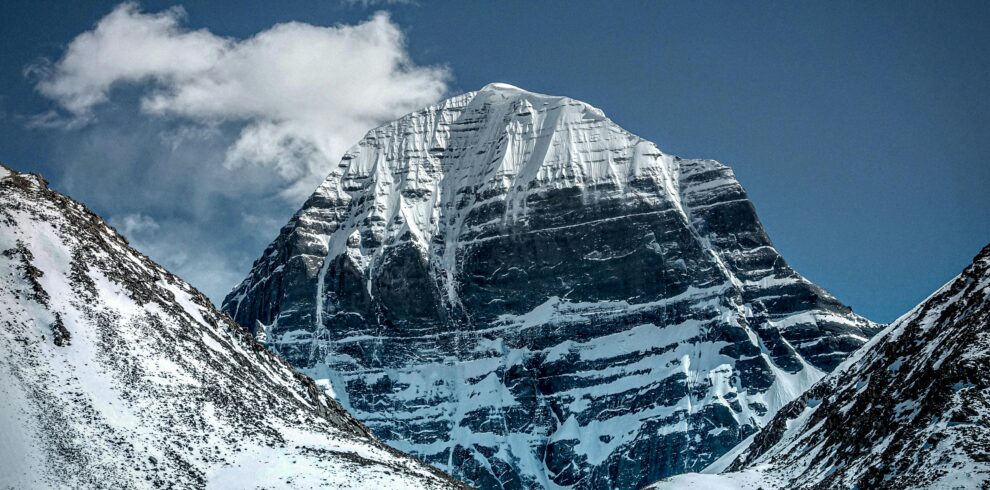- 1
- 20
- 17
- 1

- Jan
- Feb
- Mar
- Apr
- May
- Jun
- Jul
- Aug
- Sep
- Oct
- Nov
- Dec
Tibet, often referred to as the “Roof of the World,” is a unique and historically rich region located on the Tibetan Plateau in Central Asia. It is renowned for its breathtaking landscapes, profound spiritual heritage, and complex political history.
Tibet is characterized by its vast, high-altitude terrain, with the Tibetan Plateau being the world’s highest and largest plateau. This region is home to some of the planet’s tallest mountains, including Mount Everest, which marks the border between Tibet and Nepal. The landscape features expansive grasslands, deep valleys, and sacred lakes, such as Lake Namtso and Yamdrok Lake. The area is also known for its unique wildlife, including the Tibetan antelope and wild yaks.
Tibetan culture has been deeply influenced by Tibetan Buddhism, which has shaped its art, literature, and daily life. The introduction of Buddhism to Tibet in the 7th century led to the development of a distinct religious tradition that incorporates elements of the indigenous Bön religion. Monasteries play a central role in Tibetan communities, serving as centers of learning and spiritual practice. Traditional Tibetan music, dance, and festivals, such as Losar (Tibetan New Year), reflect the rich cultural heritage of the region.
